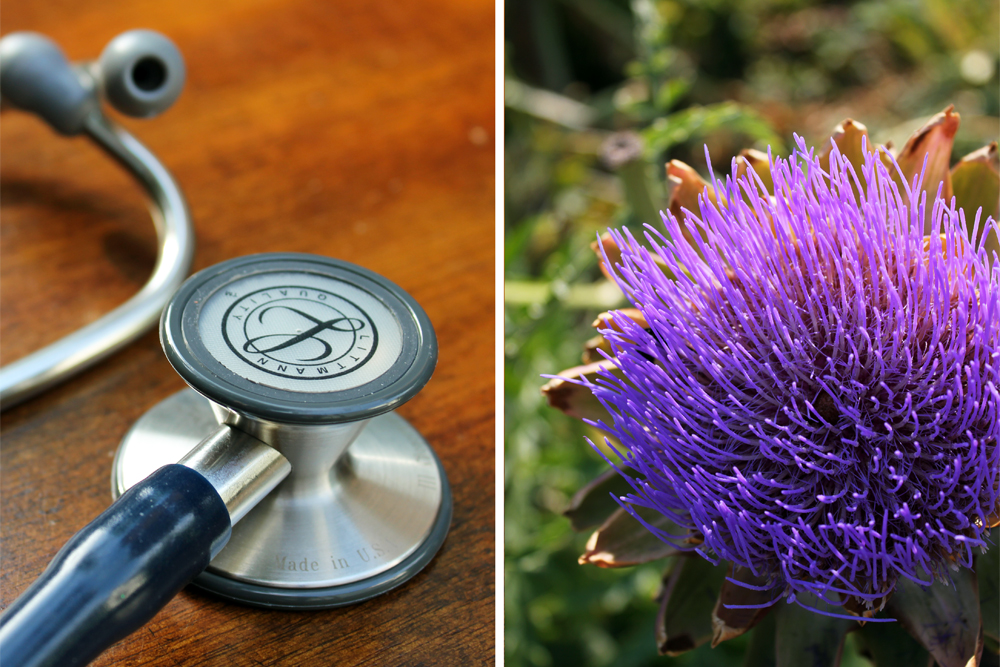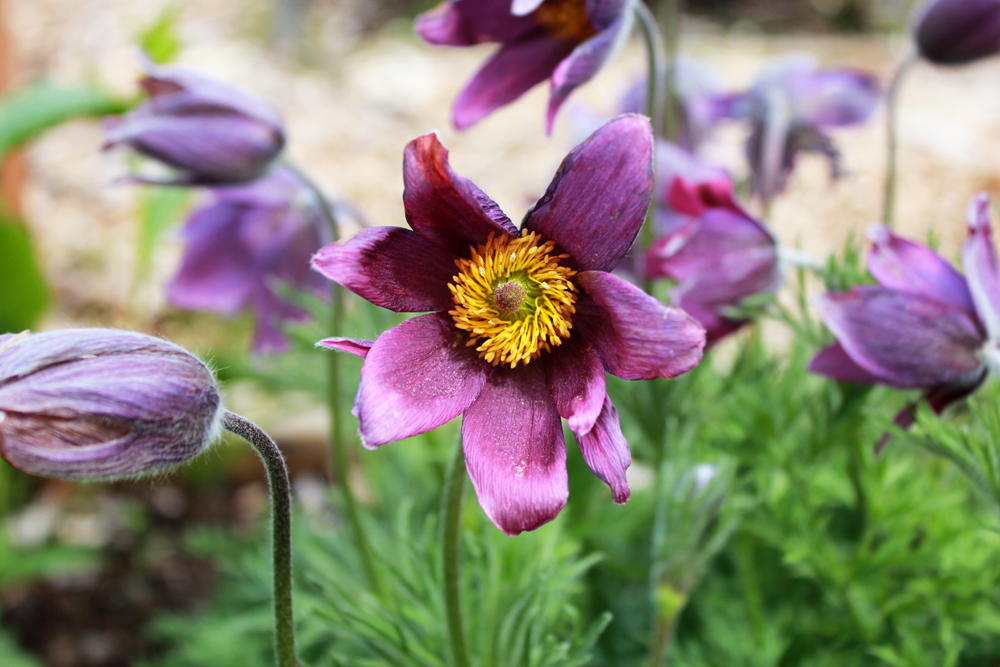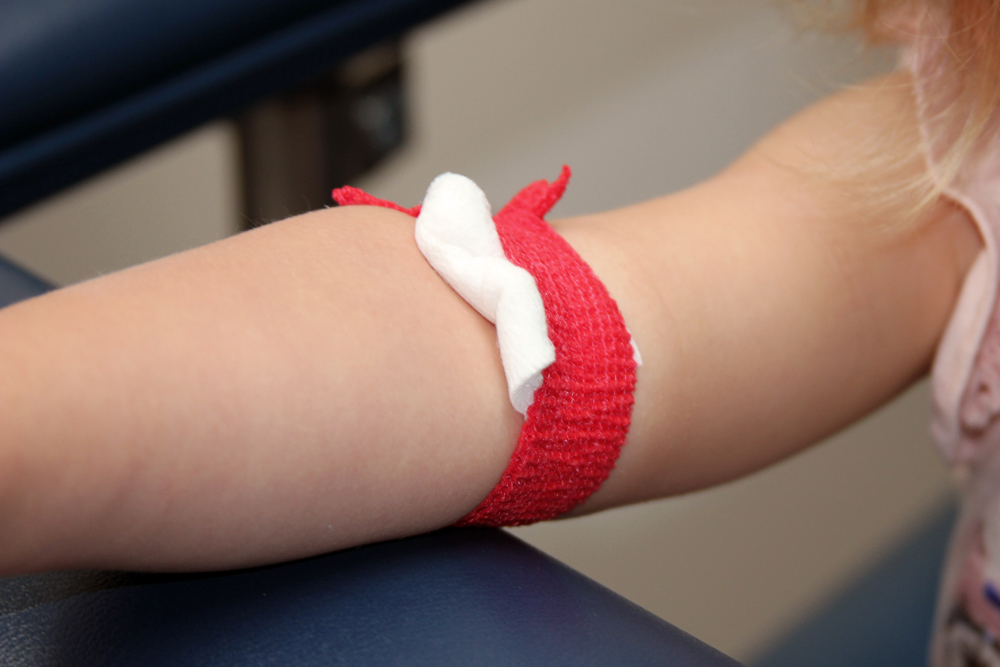
Last week, my 3 year old daughter needed her blood drawn in order to run some laboratory tests. Because my first childhood needle experience was more like a horror scene with 4 nurses, a doctor, and my mom holding me down, I turned into OCD zombie mode in figuring out how I was going to handle every single detail of this experience. I wanted to prepare her in the best way possible, without mentally freaking her out, which is completely possible to do in a toddler brain.
1. Find a kid savvy phlebotomy lab.
The most important factor to consider for this process is the location where you will have your toddler’s blood drawn. My daughter’s pediatrician recommended that we go to Seattle Children’s Hospital, where the phlebotomists draw blood on kids all day long. So that’s what we did. You want a phlebotomist that draws blood from the tiniest veins, every single day. The more skilled the person is at drawing blood on little kids, the less likely your toddler will have to be poked multiple times. Not only that, these people are experienced in dealing with screaming, kicking, squirming kids.
The other factor in using a kid savvy phlebotomy lab, especially one in a children’s hospital, is that every detail from the decoration to the toys to the furniture is intentionally geared towards children. With all of the whale and dolphin decor on the 6th floor of the Seattle Children’s Hospital, there’s no question that time and planning went into every detail with a smiling kid in mind. A fish tank dazzled the waiting room near the lab, which housed several clown fish as well as a friendly crab, making the waiting room feel like an aquatic field trip.
2. Calm Down.
Your toddler internalizes your emotions, so calm down. If you are anxious, he will be, too. If you are calm, he’ll be chill, too. Genuine calmness on your part gives your toddler the emotional assurance that everything is really going to be OK. I was able to remain calm for my daughter, out of the motivation that I wanted her to sense my peace. Toddlers are not emotional dummies. They easily pick up on the tension you feel.
3. Bring a friend.
I invited a friend to come with us. I am the one who needed the extra support, so she mainly served as an emotional buffer for me to remain calm. But my friend also functioned as a distractor for my daughter to look at during the procedure. A smiling auntie is much more fun to look at than the wall.
I also had my 10 month old baby in tow. My friend held the baby while I held my toddler. Do not bring other siblings to the blood draw if you do not have another adult with you. Your toddler needs your 100% attention during this procedure.
4. Talk about the tourniquet.
The tourniquet is that thick piece of rubber that gets tied so tight around your arm that it feels like no one is going to get any blood out because your arm is going to fall off. This procedure seems harmless to an adult because no needles are involved, but it can be super scary for a child. Everyone seems to tell their child about the needle “pinching”, but they forget to talk about the tourniquet. The tourniquet hurts and it’s uncomfortable. Sometimes the pain from the tourniquet is worse than the little poke from the needle.
I do recommend to talk about the tourniquet with your child in advance. I tried so hard to come up with some imaginative way to describe the tourniquet that would make it sound appealing to my 3 year old daughter. One of my ideas was a friendly snake that had a hugging problem. After telling this idea to my friends, their looks of shock and gasping words of caution exposed how scary the tourniquet would be if it were a pretend snake (my daughter likes snakes though).
I ended up telling her that a really biiiiggg rubber band was going to be tied tight around her arm, but that it would only stay there for a little bit. I told her that the biiiggg rubber band needed to be there for them to get the blood out. I said, “It doesn’t feel very nice but it won’t be long.”
It is actually the tourniquet that totally freaked me out during my first childhood needle experience.
5. Use prudence when talking about the needle in advance.
Because my daughter is 3, and not 6, I never mentioned the needle. I didn’t even say the word “shot” (she knows what they are), or “pinch”, or “owie” during our prep talks for this procedure. I didn’t even say any of these words immediately prior to the blood draw, and neither did the phlebotomist. One of my doctor friends told me that before med school, she never felt the needle go in after the tourniquet was on. Our focus was on the tourniquet in our preparatory discussions, and that is exactly what my daughter focused on. She squinted her eyes with a determination and seriousness when the phlebotomist tied on that tourniquet.
6. Hold your toddler during the procedure.
Your child will feel much more secure in your lap than sitting in a cold chair staring at you. Plus, you can hold her in such a way that minimizes movement if she does choose to squirm.
7. Plan a very appealing distractor.
As soon as that tourniquet went on, I pulled out our distractor (of course, I asked the phlebotomist in advance). Out of my purse came the shiniest little piece of sugar bribery: a raspberry blue ring pop full of toxic corn syrup and blue food coloring poison. My 3 year old daughter has never had one of these suckers before, let alone something that has toxic corn syrup and blue food coloring poison. I wanted a lollipop, or something like it, so that she could easily hold it with one hand, and be distracted orally with tooth rotting sweetness. I’m sure you can come up with a better idea than mine, but it worked well because my daughter almost never eats that stuff.
8. Plan a super fun event immediately after the draw.

You will probably think I’m such a sugar hypocrite to tell you that our super fun event after my daughter’s blood draw was a trip to Molly Moon’s. Well, the last time she was there, was a year ago. I think a once a year stop at the ice cream shop is just fine. Besides, people, Molly Moon’s makes vegan coconut milk ice cream and it’s delicious. If it weren’t for my severe reactive hypoglycemia, I would probably be treating myself there a lot more frequently than I do.
I told my 3 year old girl that after our blood draw, we were going to Molly Moon’s for ice cream. Well, this toddler was dressed and ready to go with her shoes on, standing at the door, waiting for me 30 minutes in advance. She wanted ice cream, badly, so she was ready to go get this blood draw so that we could go to Molly Moon’s. Plus, having my friend come along added an additional note of funness to the event, since my daughter just loves her. My daughter’s response to wanting to leave sure took the edge off my worry.
So how’d it go, right? Really well. The phlebotomist talked about the tourniquet before he put it on her. She concentrated on that tourniquet, loved the shiny blue ring pop, and didn’t even notice the needle when it entered her arm. “Is that my blood?”, she asked as she looked at the tube filling with red. When the phlebotomist was finished, he pulled out his ear plugs (worn for obvious reasons), and said, “Most kids don’t act like that!”
Thanks for reading! Enter your email to send new articles directly to your inbox:
Enjoy More Archerfriendliness
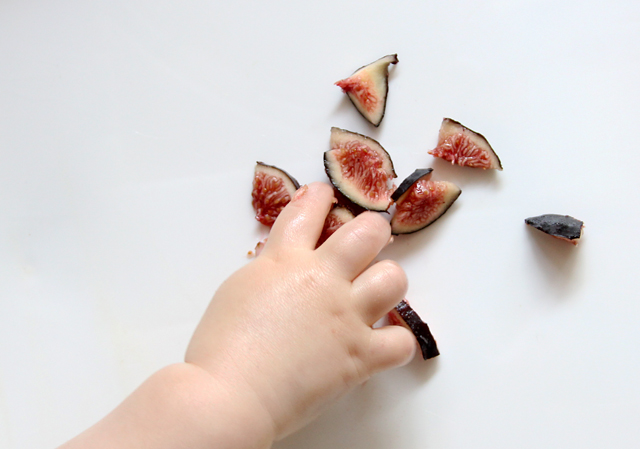
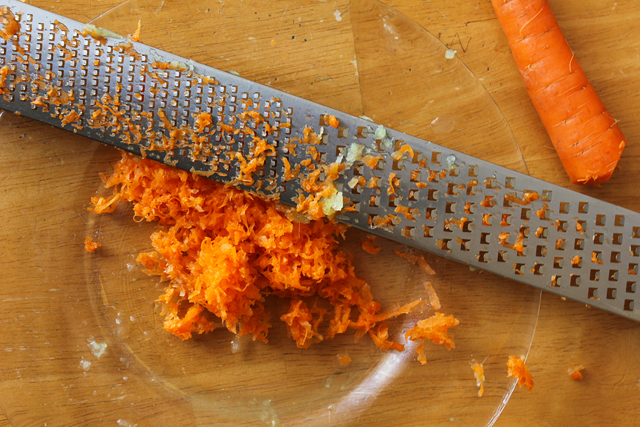






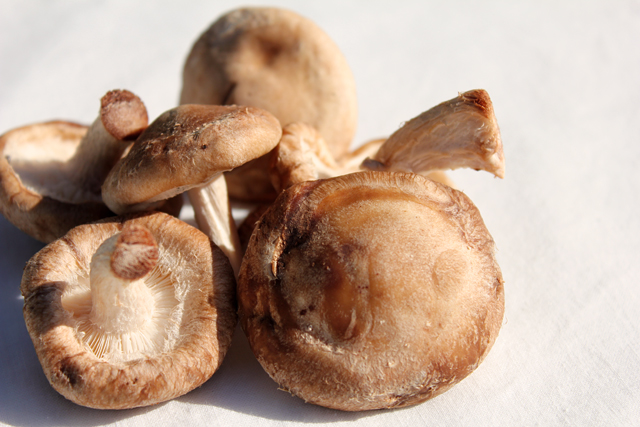
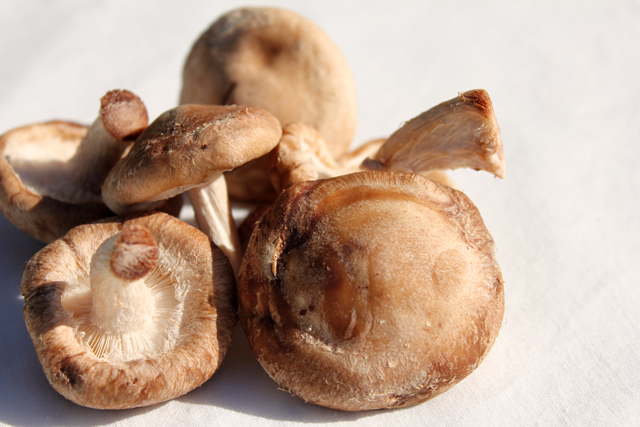
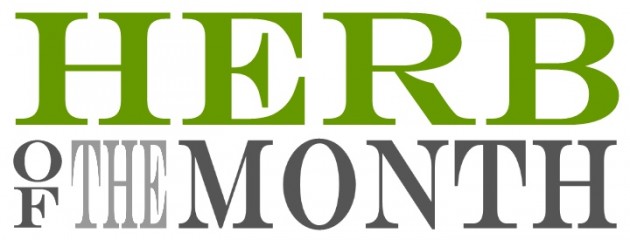
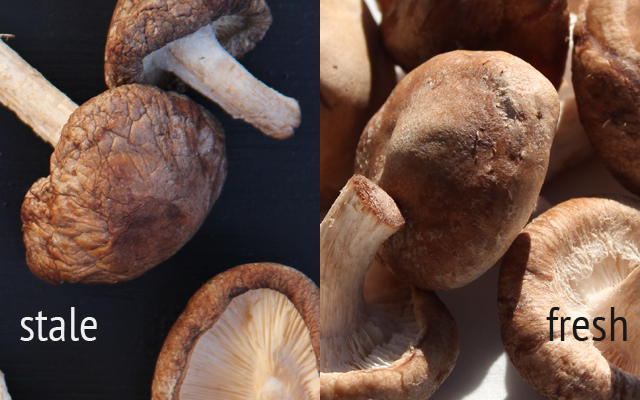

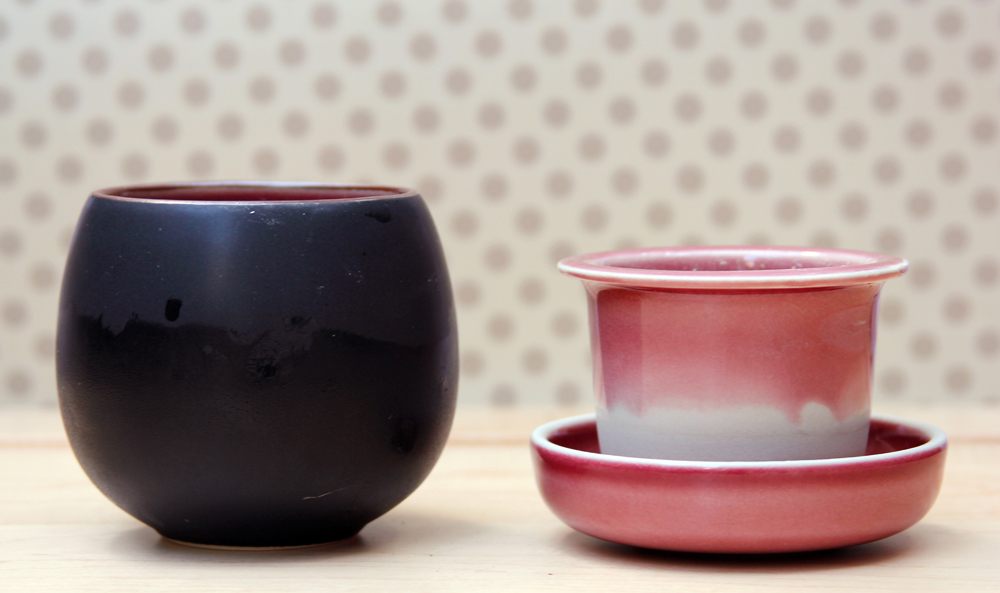
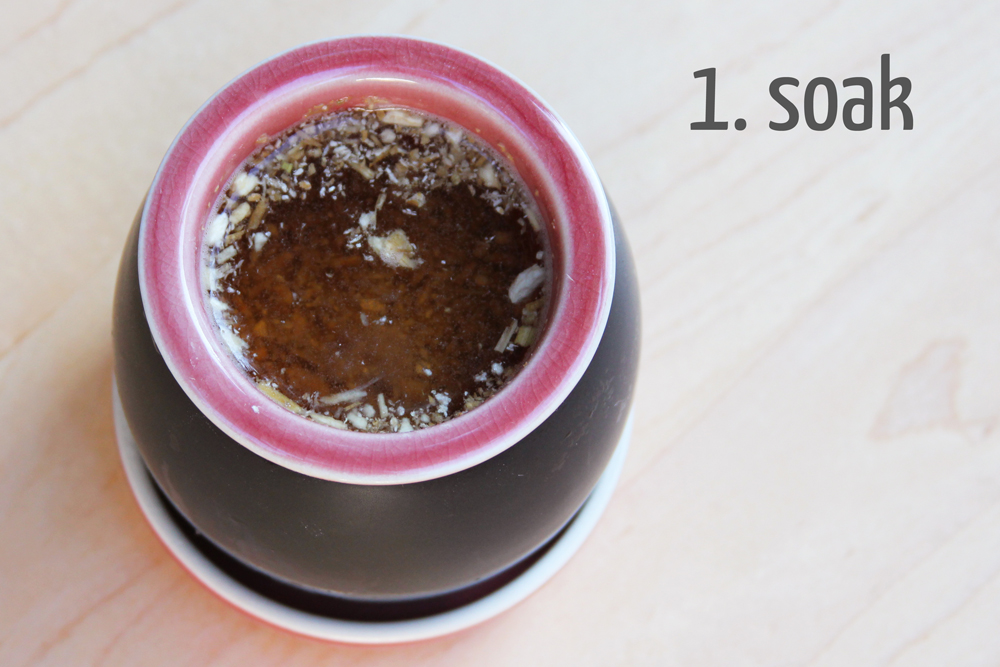
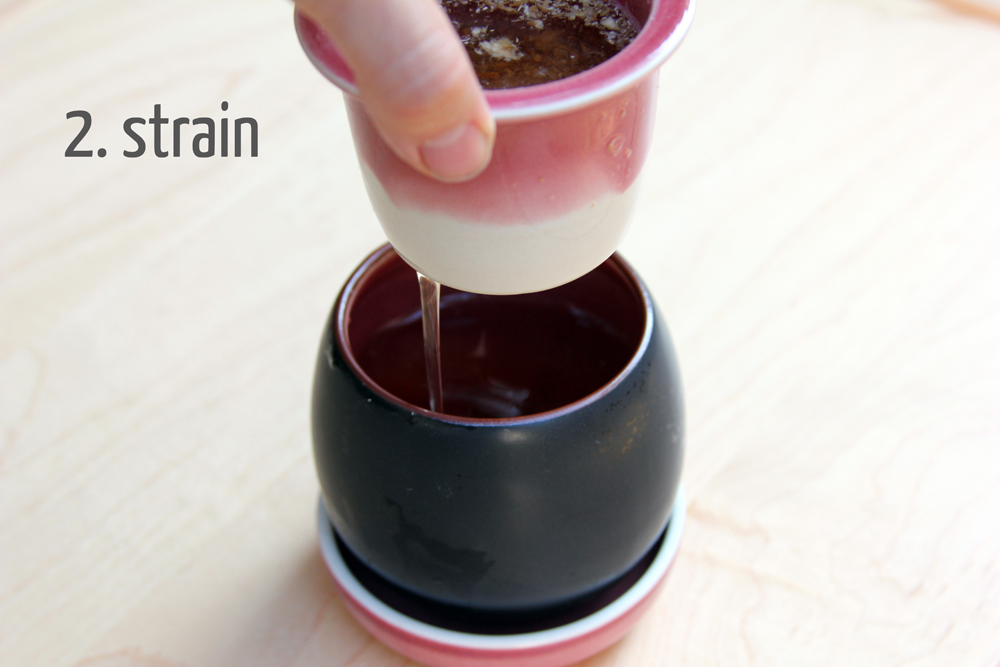
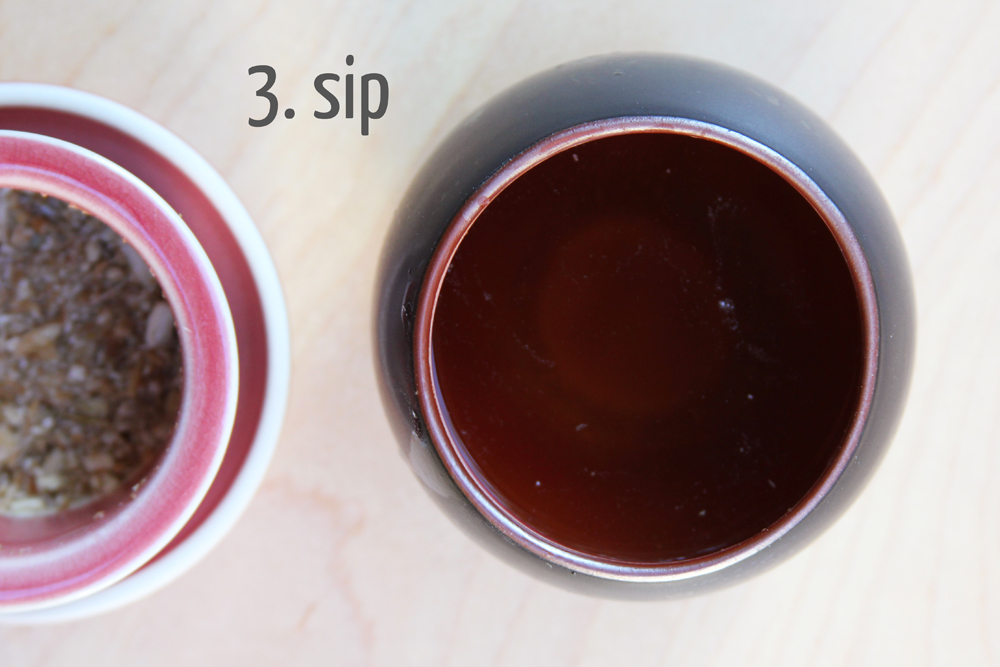
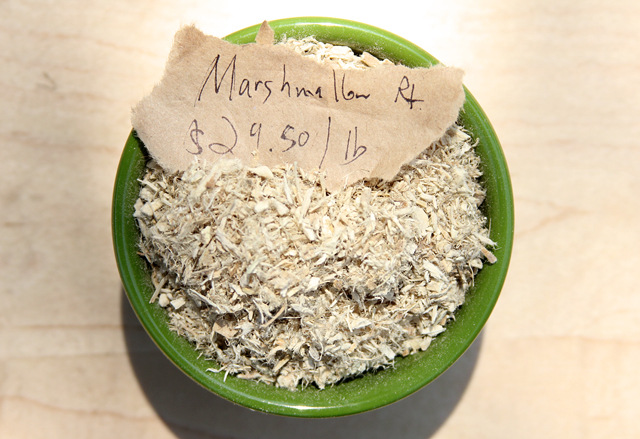
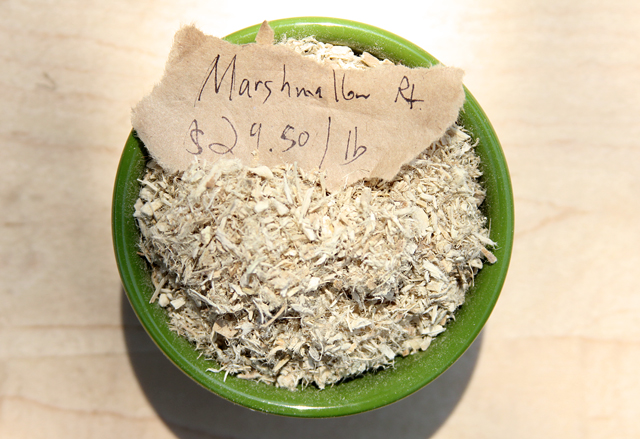

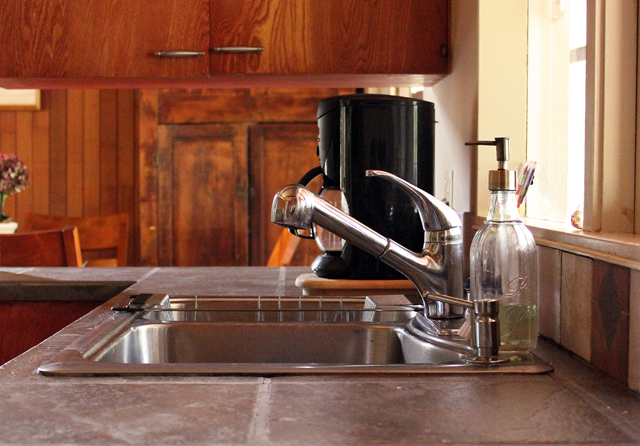
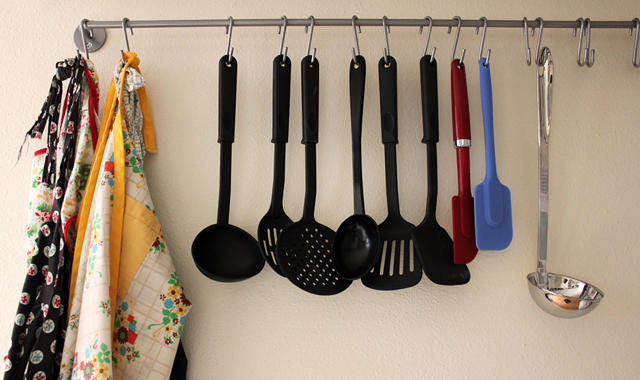

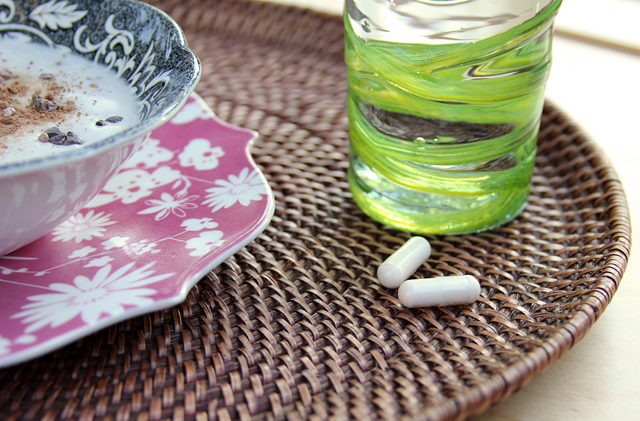
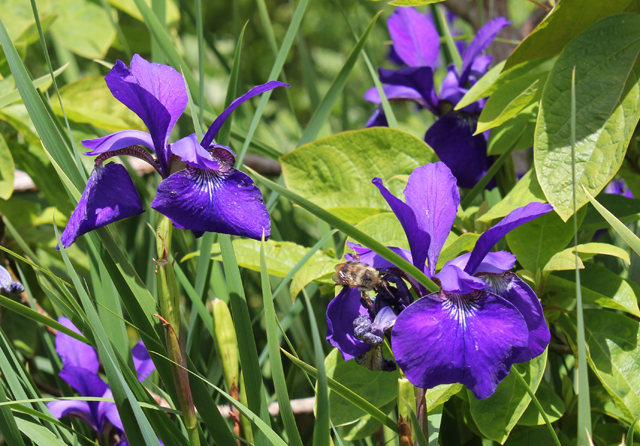
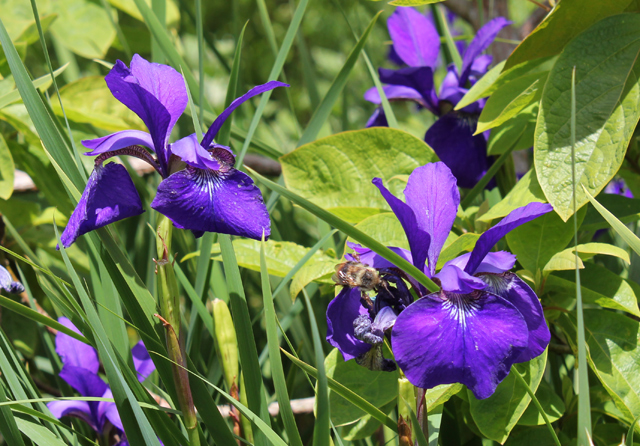
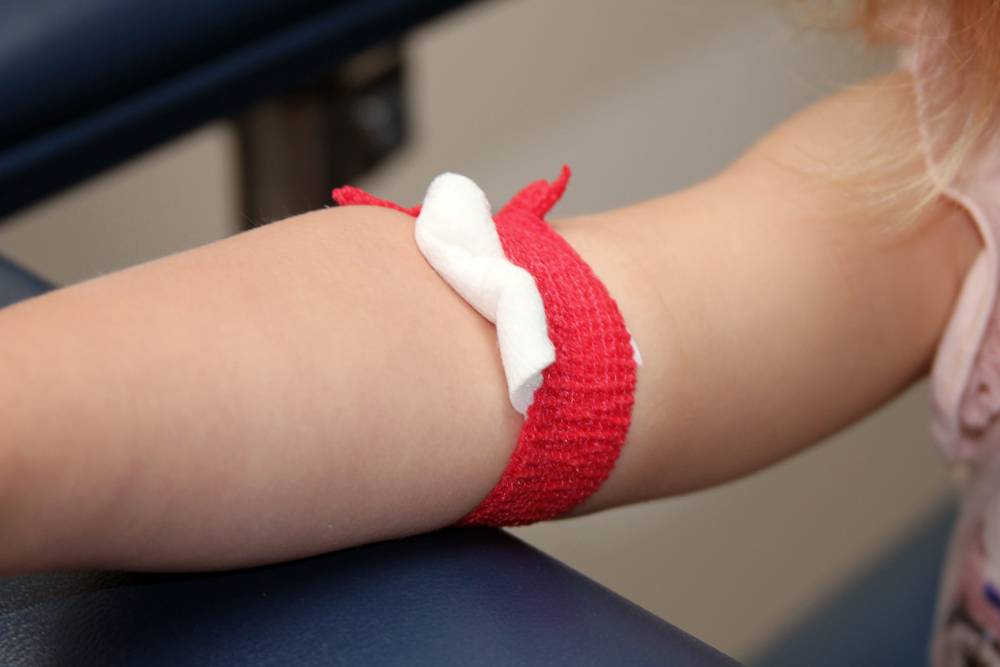



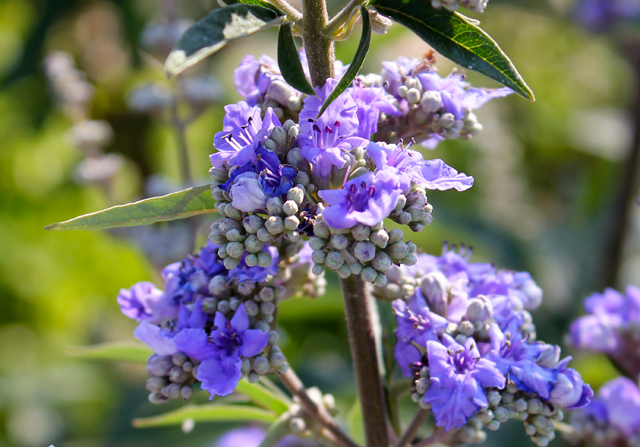
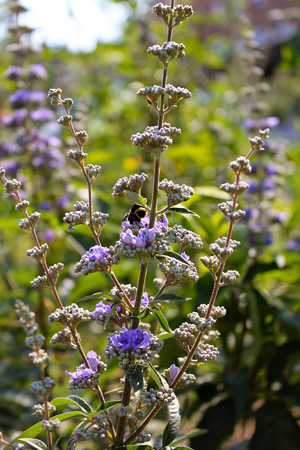 Vitex can be effective for treating infertility, particularly if the infertility is due to low progesterone levels. It can also be effective for uterine fibroids, perimenopausal symptoms, endometriosis, polycystic ovarian syndrome, and secondary amenorrhea. Vitex is especially helpful for regulating the cycle after coming off birth control pills.
Vitex can be effective for treating infertility, particularly if the infertility is due to low progesterone levels. It can also be effective for uterine fibroids, perimenopausal symptoms, endometriosis, polycystic ovarian syndrome, and secondary amenorrhea. Vitex is especially helpful for regulating the cycle after coming off birth control pills.
